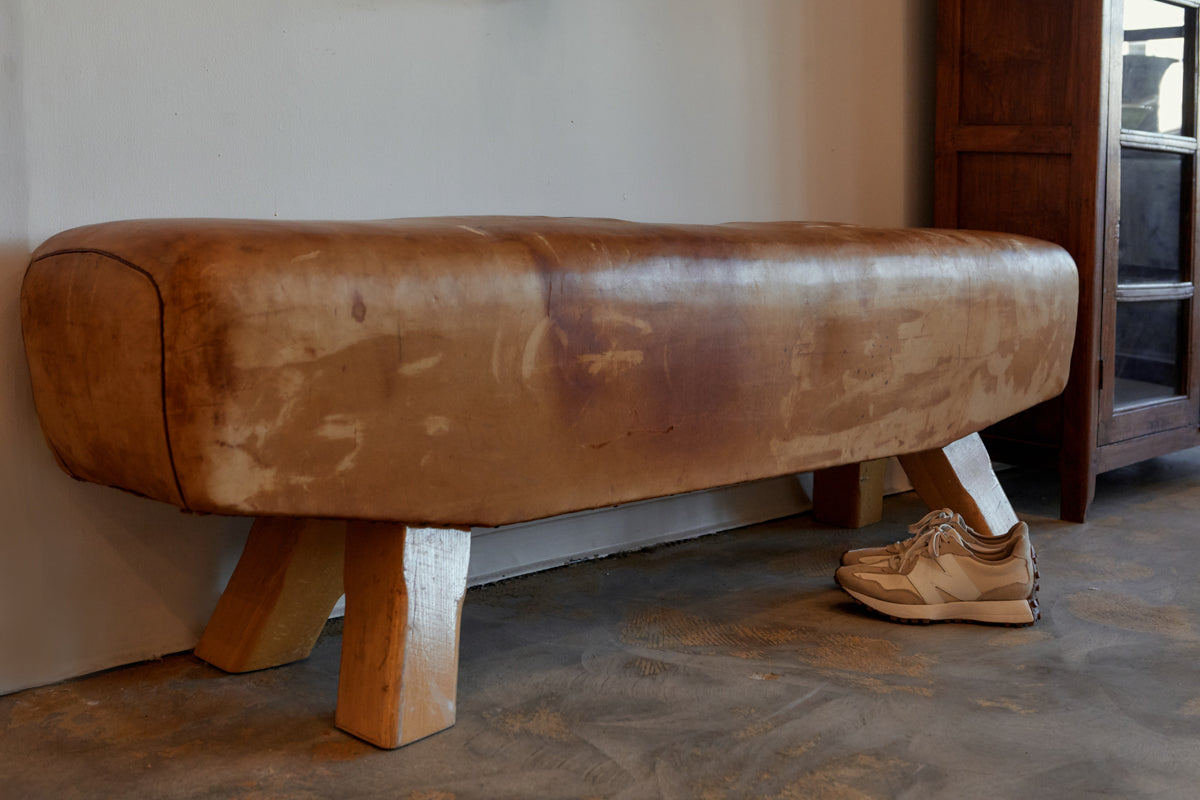Brutalist design, a style that emerged in the mid-20th century, is known for its raw, unapologetic embrace of materials and form. The term "Brutalist" comes from the French word for raw, "brut," a nod to the style's frequent use of raw, exposed concrete. However, Brutalism is not confined to concrete alone; it extends to other materials like steel, glass, and brick, always showcasing them in their most natural, unrefined state. This architectural movement gained momentum in the 1950s and 1960s, especially in Europe and North America, as a reaction against the ornate designs of the previous era. It was seen as a practical, economical, and functional style, often used in government buildings, universities, and residential blocks. Brutalism emphasizes geometric, block-like forms, often creating a sense of monumentality and solidity. There's a starkness and simplicity to Brutalist design, yet it's equally compelling and bold, making a statement through its sheer mass and scale.
Brutalist design, a style that emerged in the mid-20th century, is known for its raw, unapologetic embrace of materials and form. The term "Brutalist" comes from the French word for raw, "brut," a nod to the style's frequent use of raw, exposed concrete. However, Brutalism is not confined to concrete alone; it extends to other materials like steel, glass, and brick, always showcasing them in their most natural, unrefined state. This architectural movement gained momentum in the 1950s and 1960s, especially in Europe and North America, as a reaction against the ornate designs of the previous era. It was seen as a practical, economical, and functional style, often used in government buildings, universities, and residential blocks. Brutalism emphasizes geometric, block-like forms, often creating a sense of monumentality and solidity. There's a starkness and simplicity to Brutalist design, yet it's equally compelling and bold, making a statement through its sheer mass and scale.
